Delving Deeper into the Future of Machine Learning Venues
Following our previous explorative journey into the realms of machine learning (ML) and large language models, let’s dive deeper into the evolving landscape of ML venues – the platforms where groundbreaking research, collaboration, and innovation converge.
The Significance of Machine Learning Venues
Machine learning venues, ranging from academic conferences to specialized journals, are the heartbeats of the ML community. They are crucial for the dissemination of new findings, collaboration among scientists, and the establishment of benchmarks that guide future research. In a field as dynamic and complex as machine learning, understanding these venues is paramount for anyone serious about grasping the current state and future direction of ML technologies.
Academic Conferences as Catalysts for Innovation
In the panorama of machine learning, academic conferences like NeurIPS, ICML, and CVPR stand out as cornerstone events where the future of ML is shaped. These conferences not only serve as platforms for presenting new research but also foster environments where vibrant discussions lead to the cross-pollination of ideas.
For instance, my involvement in developing machine learning algorithms for self-driving robots leveraged insights gained from discussions and findings presented at these venues. The dynamic nature of these conferences, where cutting-edge research meets rigorous debate, propels the field forward at an exciting pace.

Journals: The Beacons of Peer-Reviewed Knowledge
Besides conferences, peer-reviewed journals hold a venerated place in the world of machine learning. Journals such as the Journal of Machine Learning Research (JMLR) and IEEE Transactions on Pattern Analysis and Machine Intelligence (TPAMI) publish articles that have undergone rigorous peer review, ensuring the reliability and scientific integrity of their contents.
The role of these journals in advancing machine learning cannot be overstated. They provide a more permanent, citable record of scientific achievement and methodological innovations that continue to influence the development of ML models and applications.
Challenges and Opportunities Ahead
The evolution of machine learning venues mirrors the evolution of the field itself. As we venture deeper into areas such as deep learning, reinforcement learning, and large language models, the venues facilitating this research must also evolve. This includes embracing open access models to democratize knowledge and incorporating ethical considerations into the fabric of ML research.
Moreover, the convergence of machine learning with other fields such as quantum computing and neuroscience poses both a challenge and an opportunity for these venues. They must not only accommodate cross-disciplinary research but also facilitate a dialogue among diverse scientific communities.
Looking Forward
As we stand on the precipice of new frontiers in machine learning, the importance of ML venues is more pronounced than ever. These platforms for scientific exchange will continue to be the engine rooms of innovation, shaping the trajectory of AI and machine learning. For professionals, academics, and enthusiasts alike, keeping a close watch on these venues is essential to understanding and contributing to the future of this transformative field.
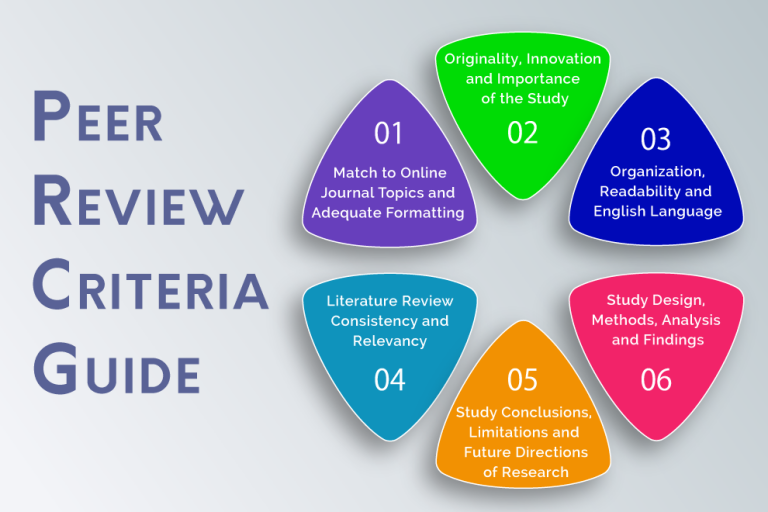
Conclusion
In our quest to understand the complexities of machine learning and its broader implications, we must not overlook the venues that fuel its development. The academic conferences, journals, and dialogue they facilitate are instrumental in the growth and ethical direction of ML research. As we advance, these venues will undoubtedly play a pivotal role in navigating the challenges and leveraging the opportunities that lie ahead in the ever-evolving landscape of machine learning.
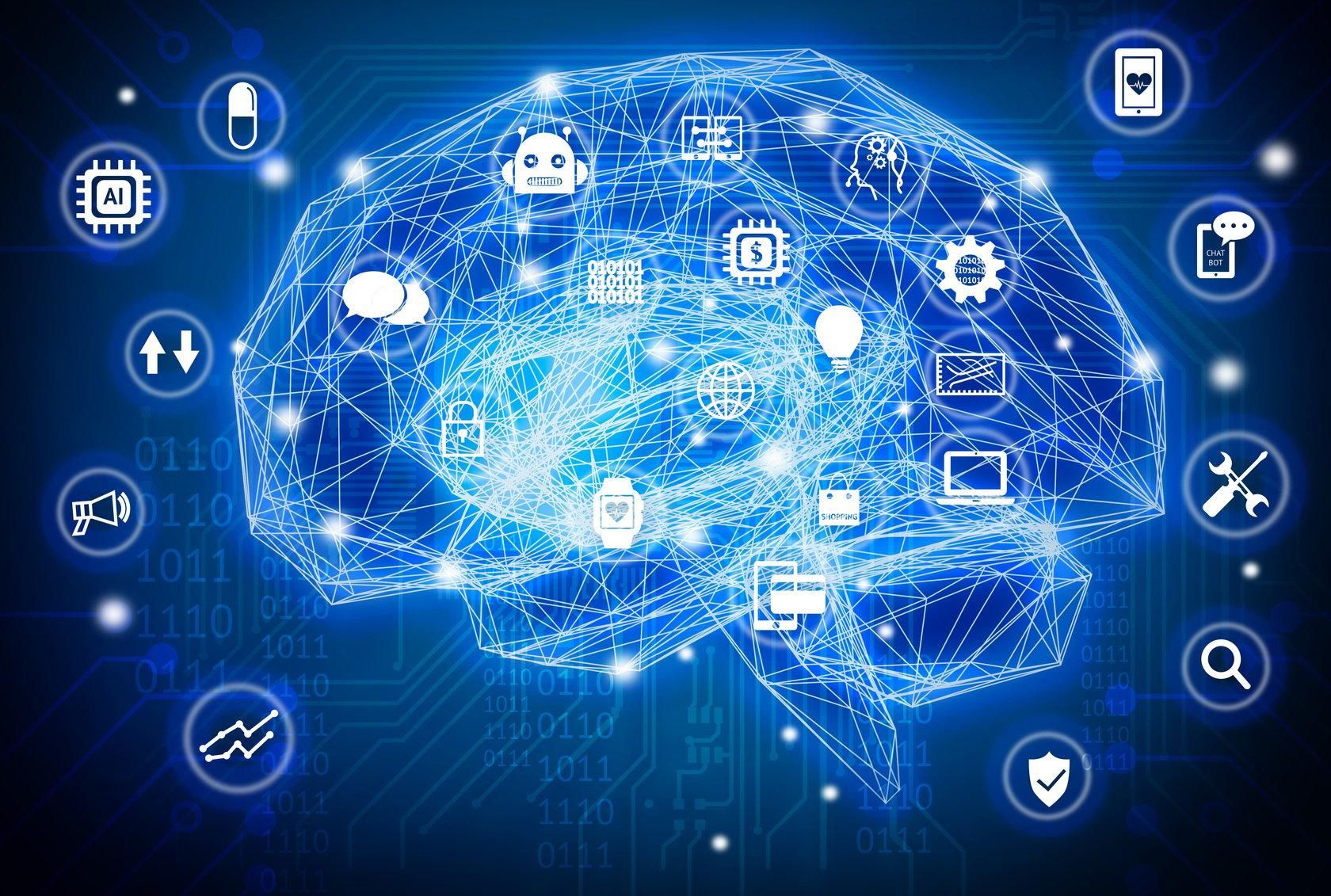
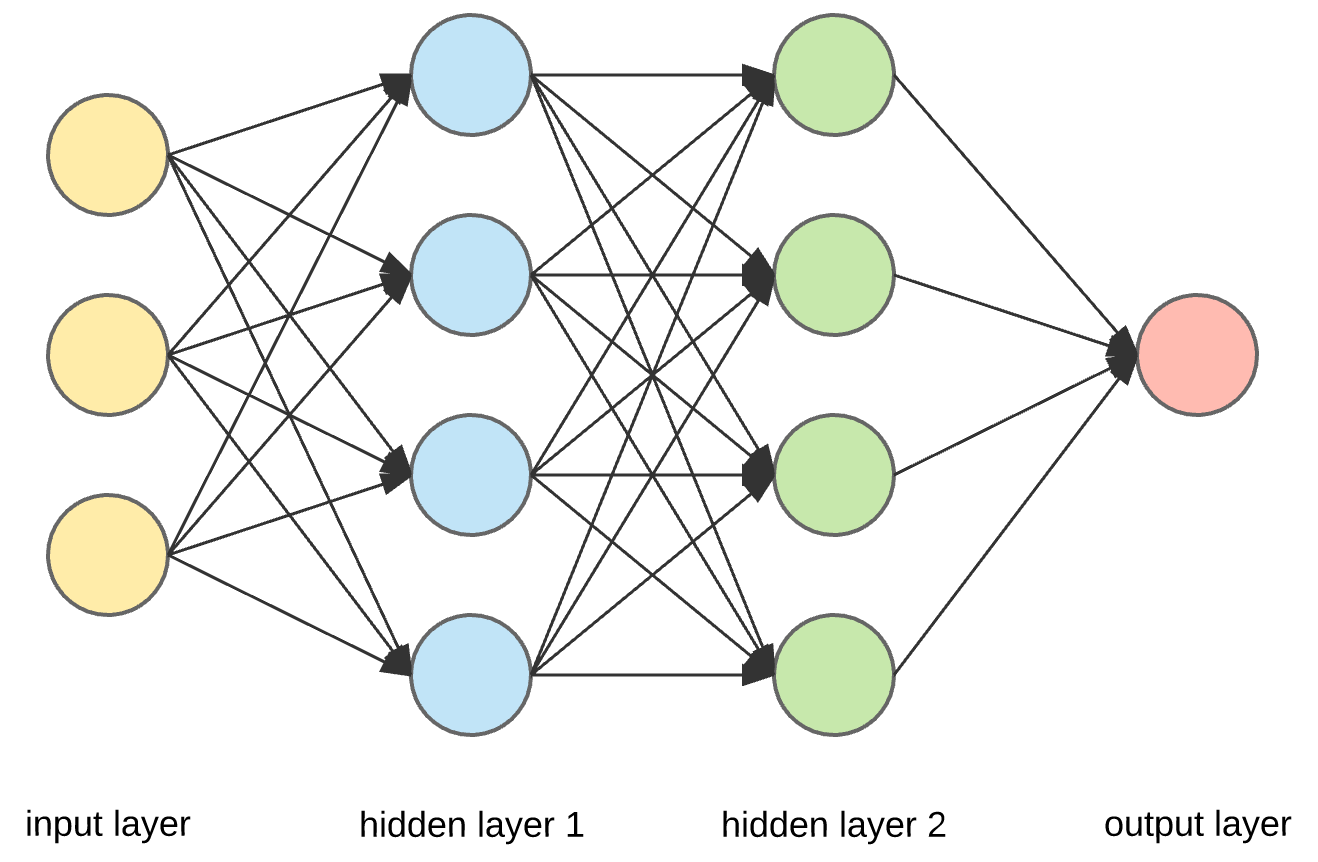
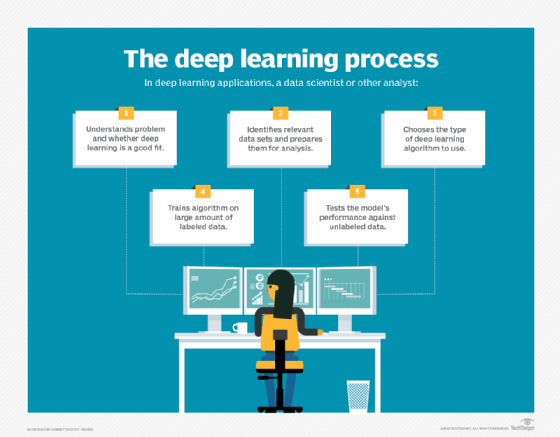
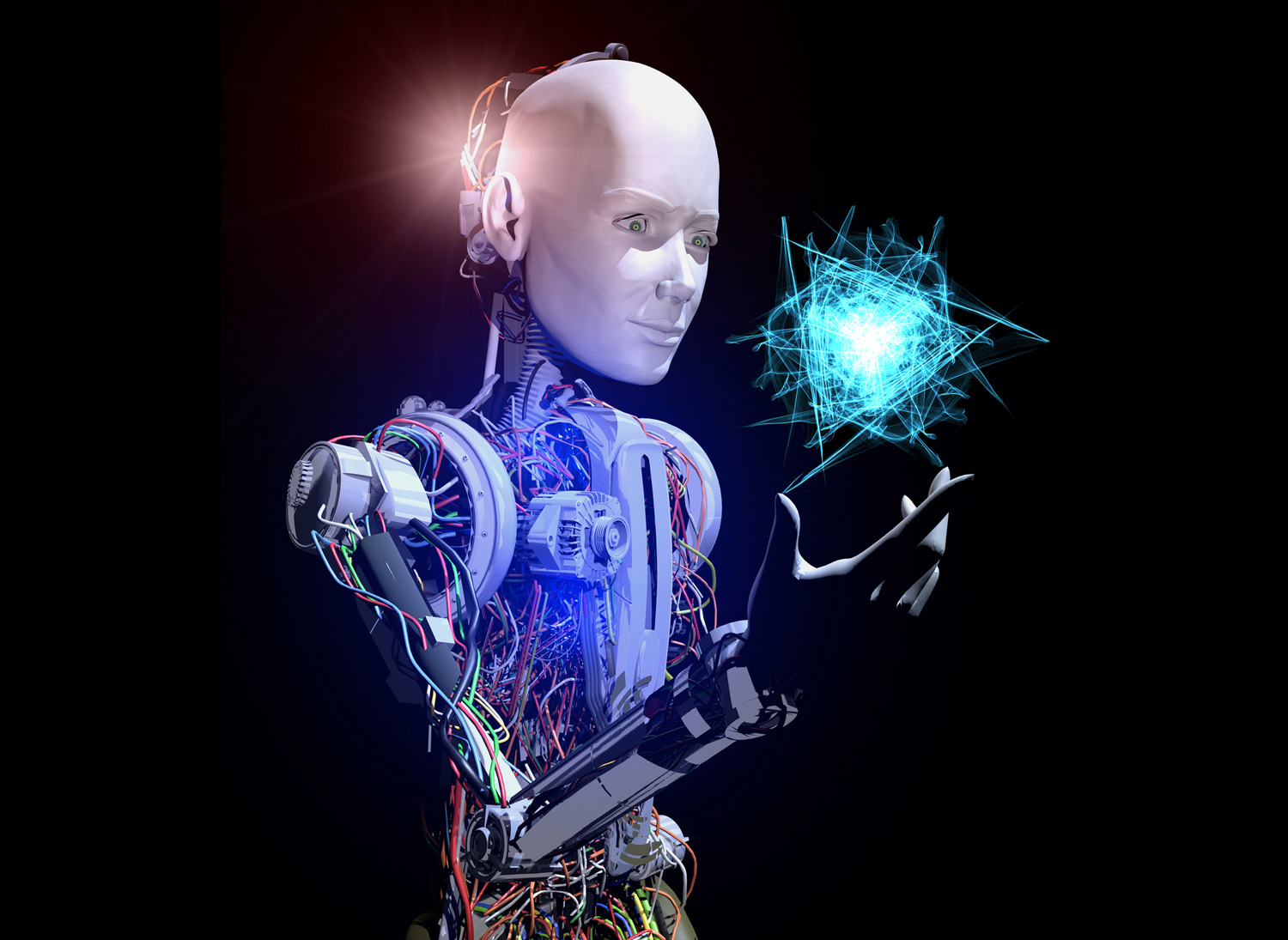
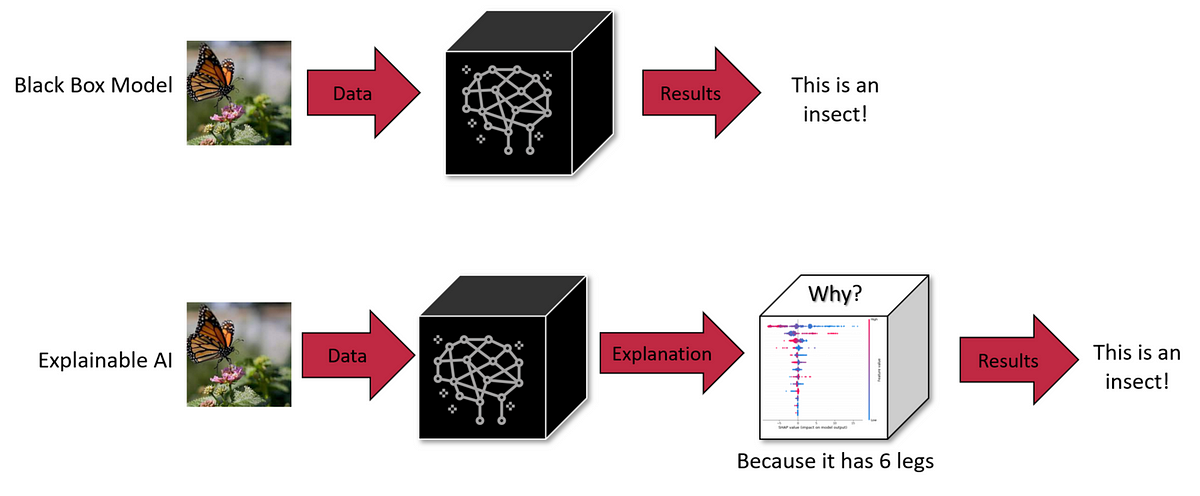
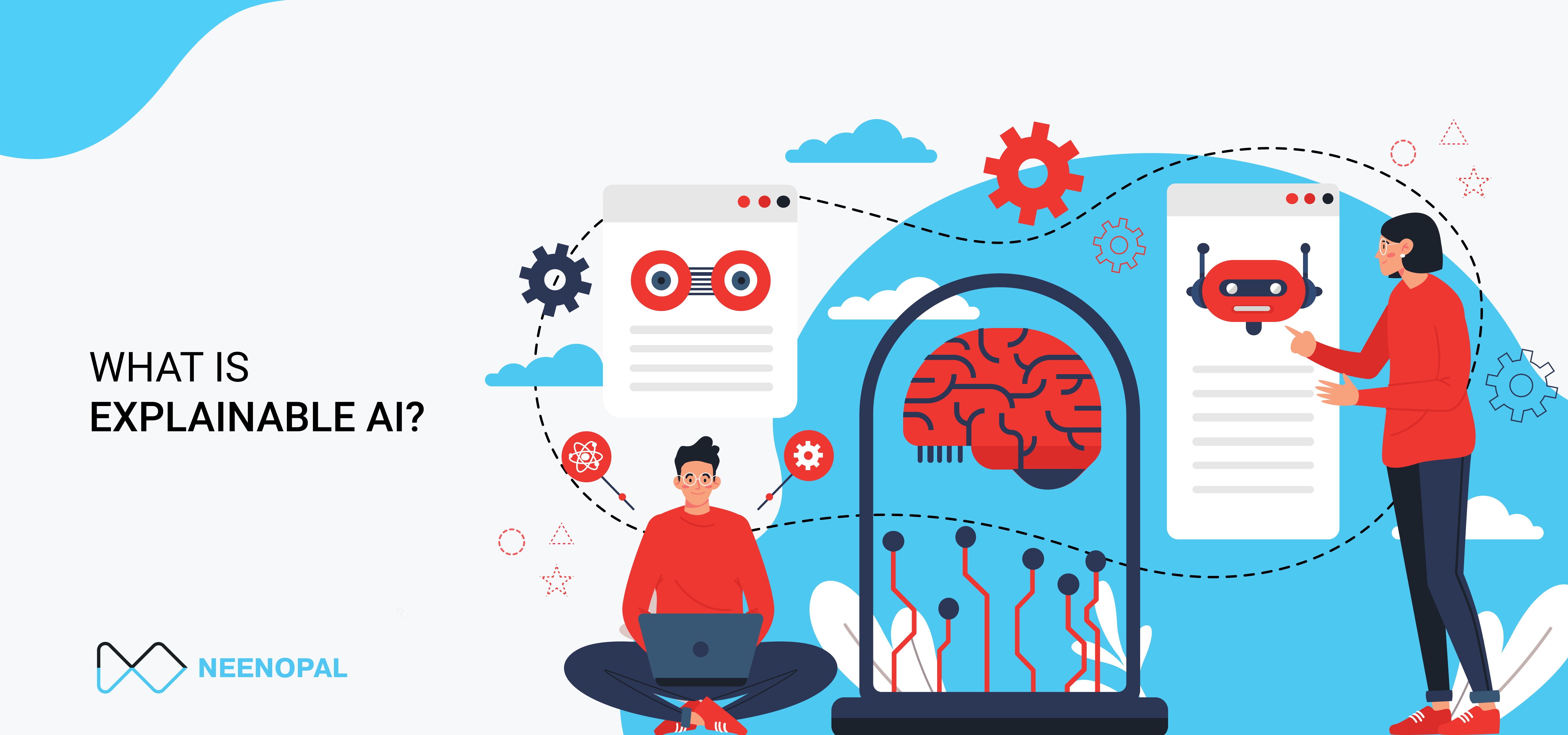
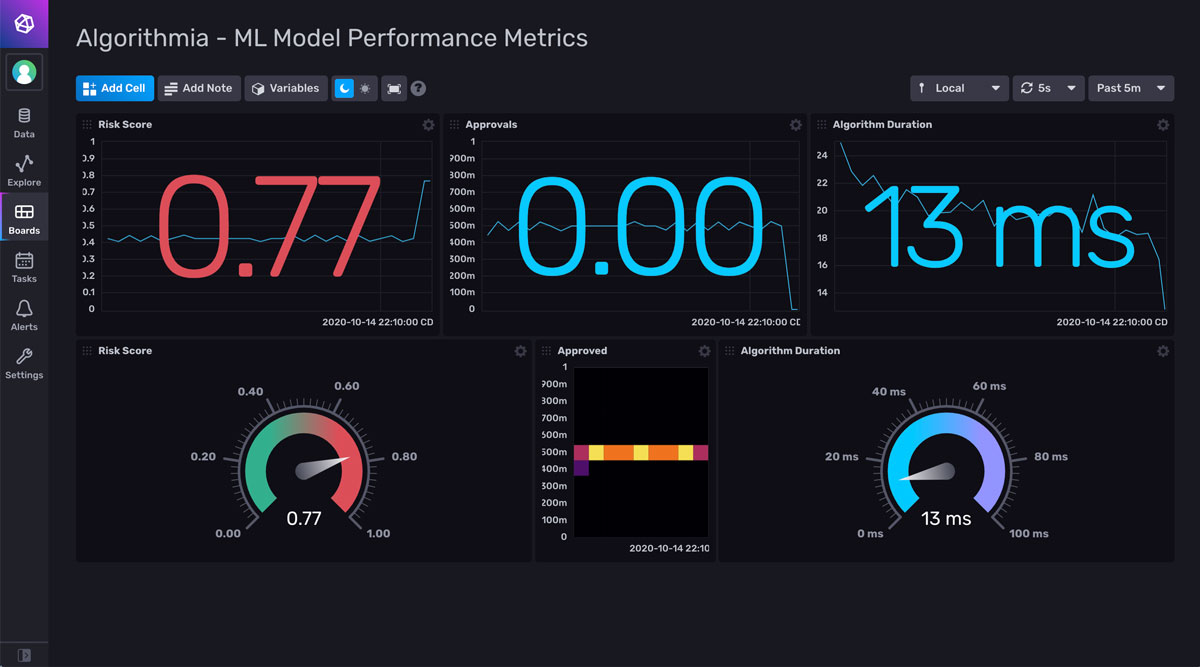
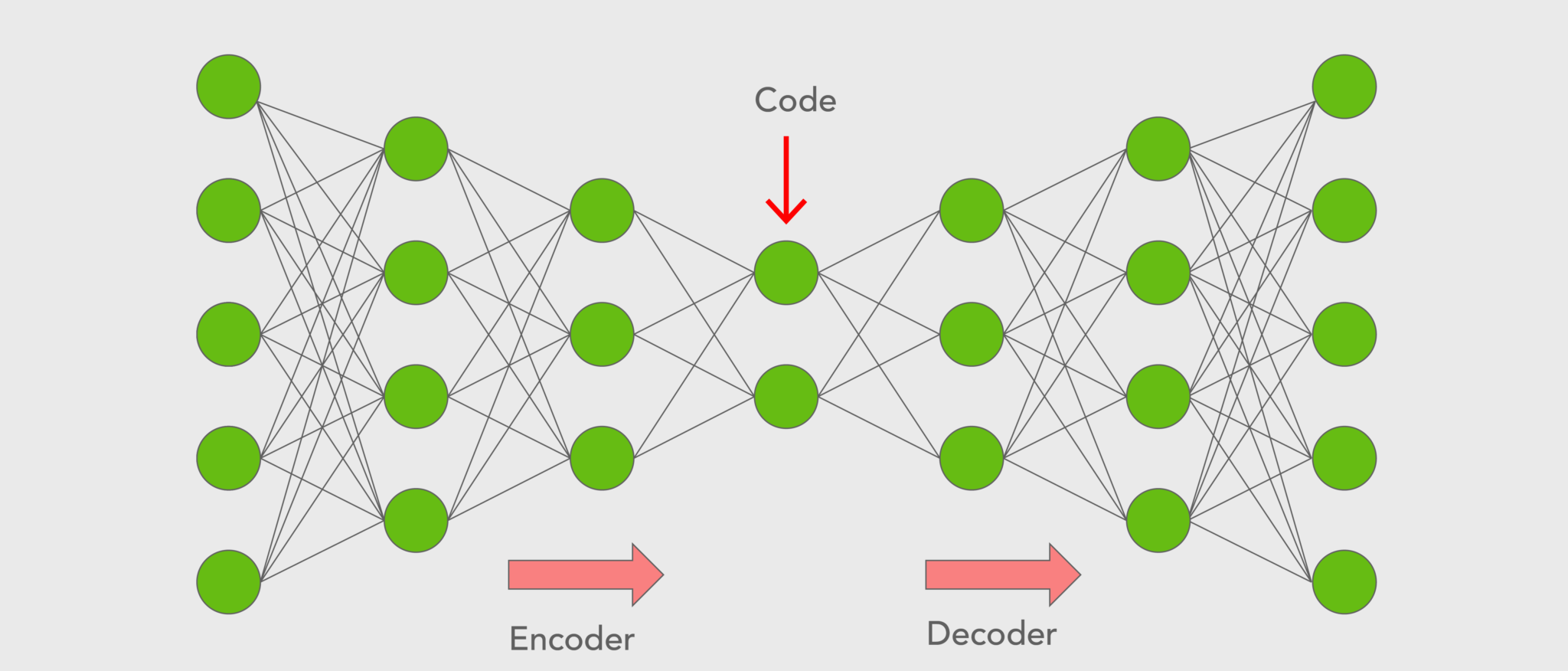 >
>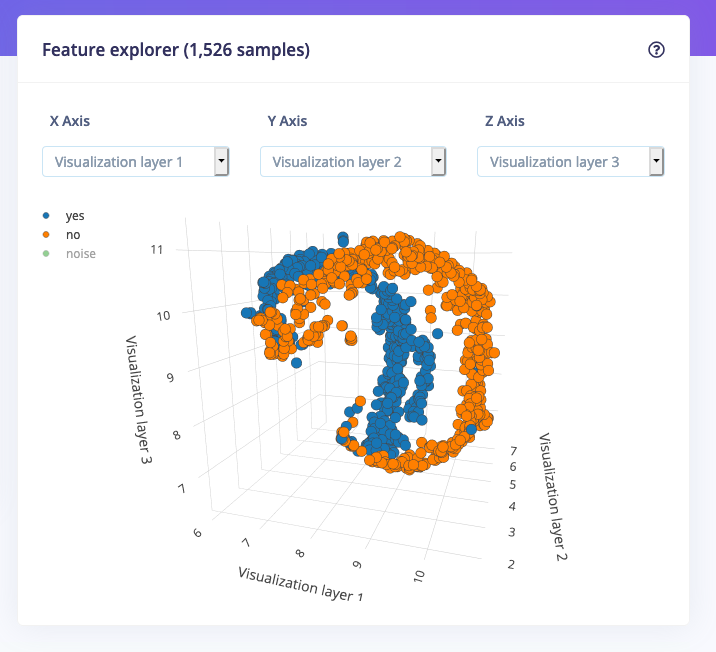 >
> >
>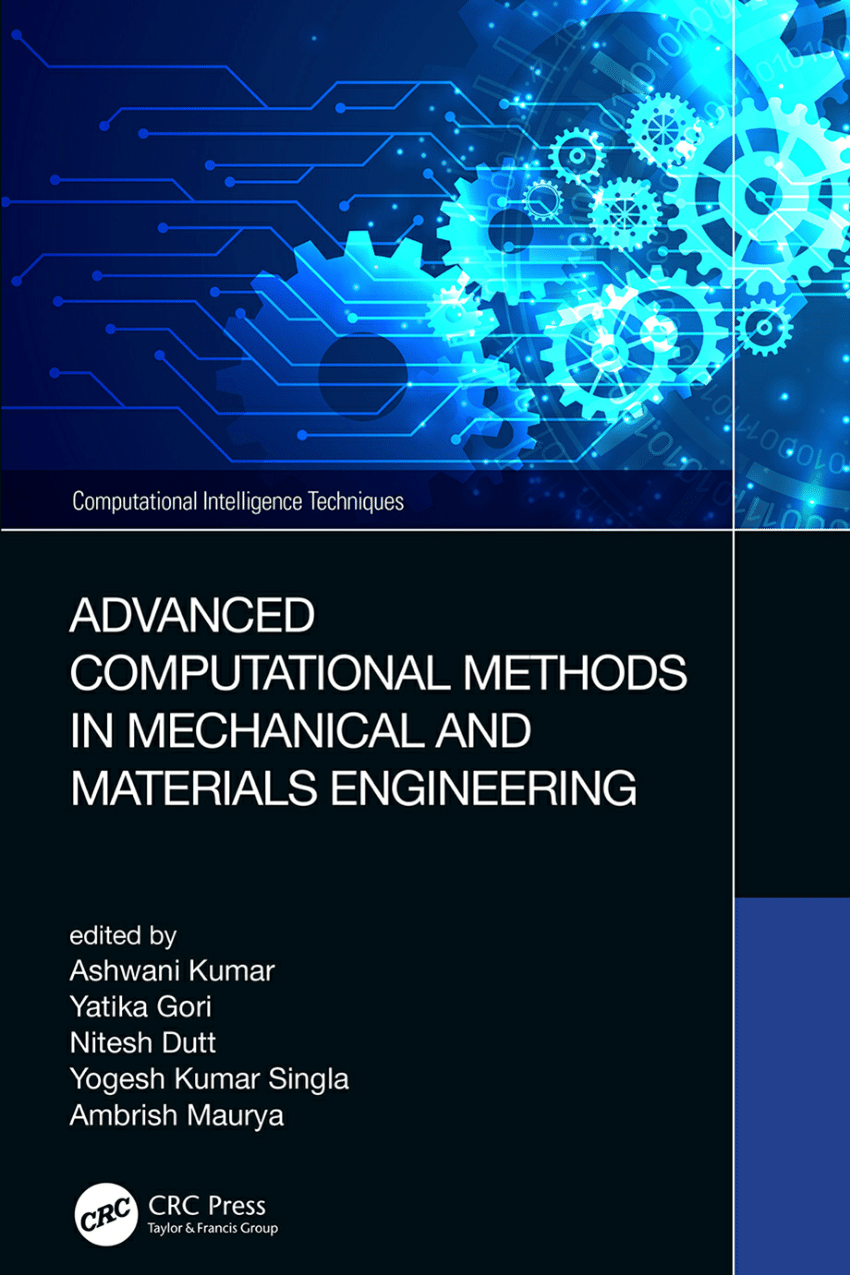 >
>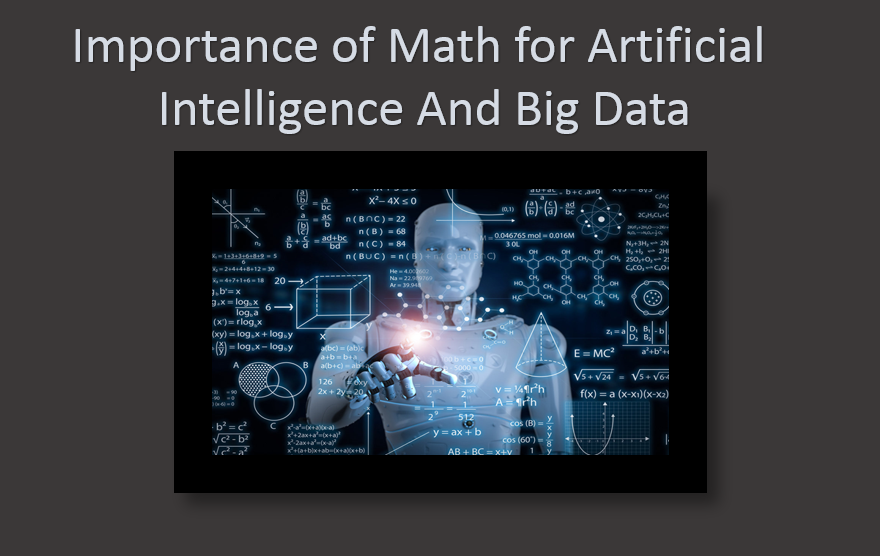 >
>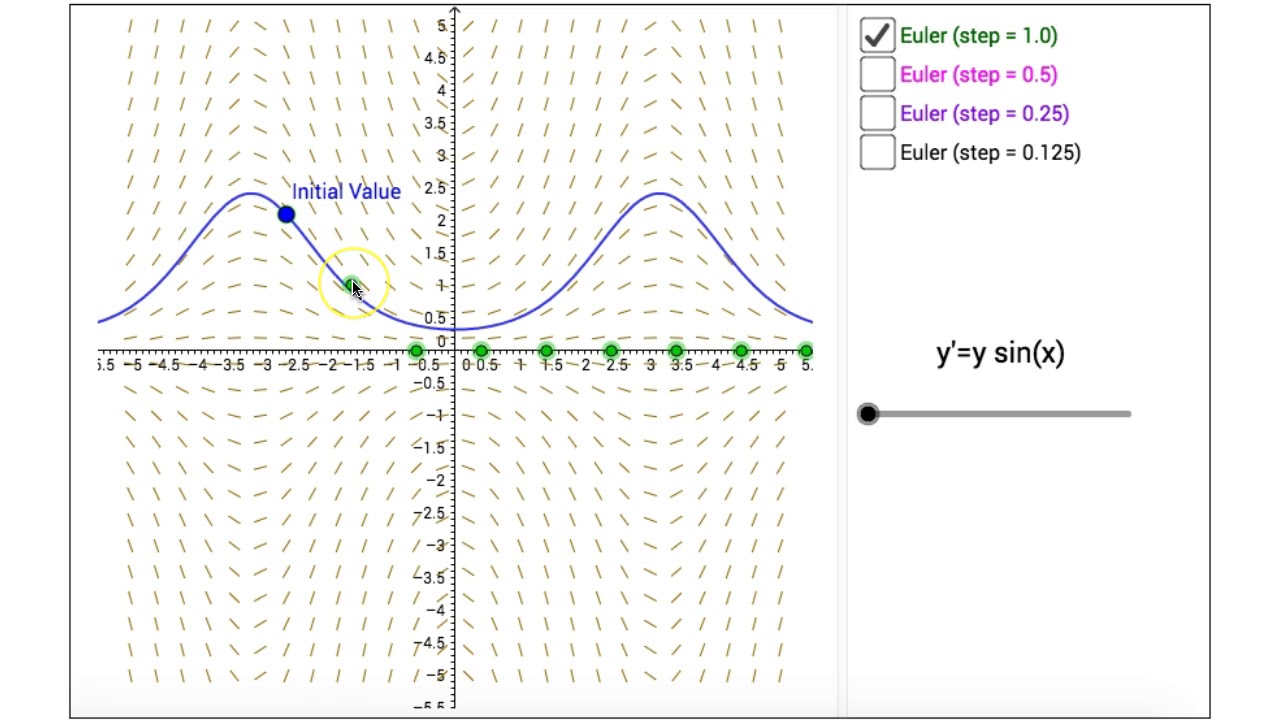

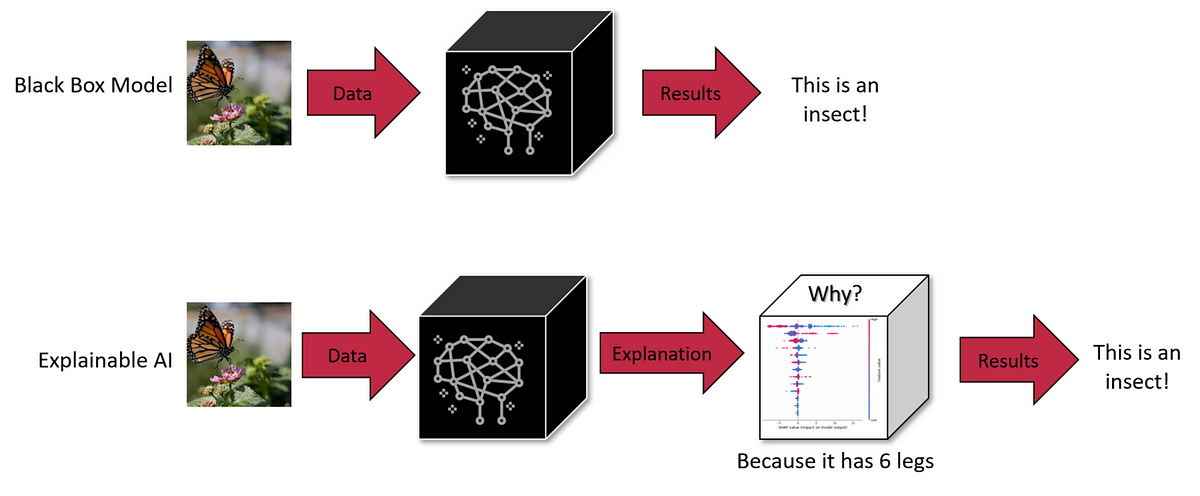
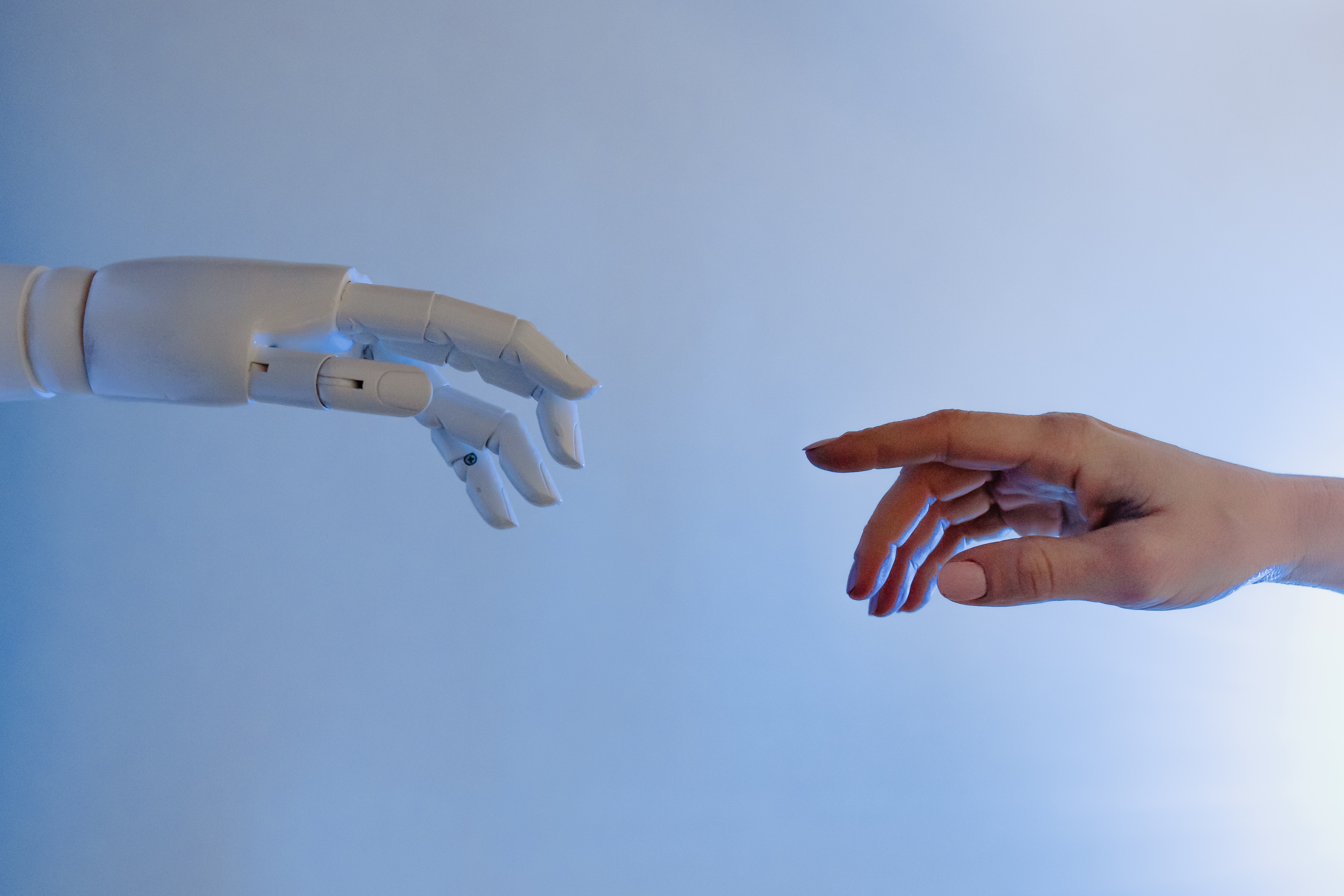 >
>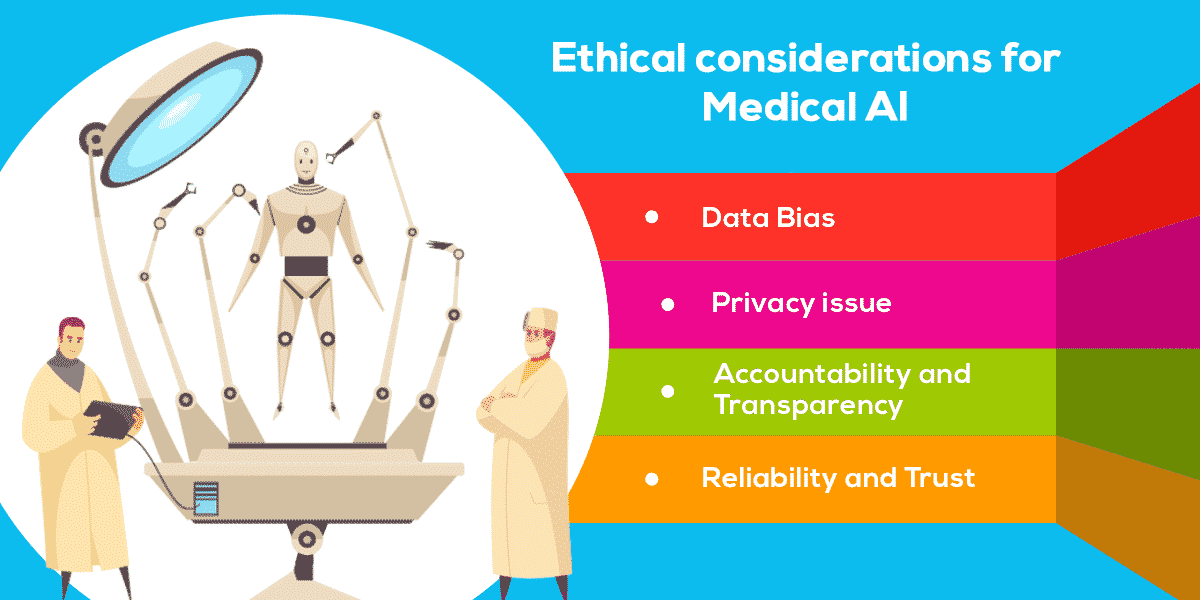 >
>